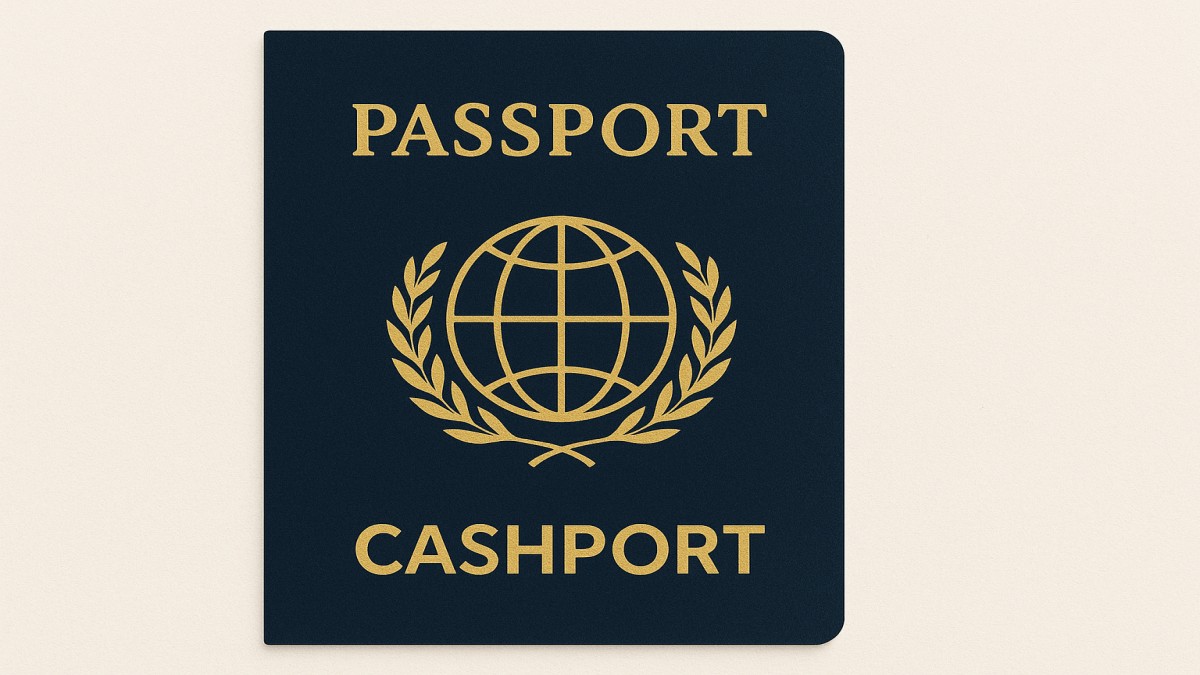Introduction
Cashpor. In the vast rural landscapes of India, financial inclusion has often been more of a dream than reality for millions of women. Among the organizations stepping in to change this narrative, Cashpor Micro Credit stands out as a beacon of hope. With a mission to empower rural women through access to small, collateral-free loans, Cashpor has transformed thousands of lives, enabling them to become economically independent and socially empowered.
1. What is Cashpor?
Cashpor Micro Credit (CMC) is a microfinance institution (MFI) operating primarily in rural Uttar Pradesh, Bihar, Chhattisgarh, Jharkhand, and Madhya Pradesh. It focuses on providing microloans to women living below the poverty line, especially in remote villages where traditional banking services rarely reach.
2. The Origin Story
Cashpor was founded in the mid-1990s, inspired by the Grameen Bank model of Bangladesh. Its founder, Dr. David Gibbons, envisioned replicating the success of microfinance in India to address the deep-rooted issues of poverty and gender inequality.
3. Mission and Vision
- Mission: To provide financial services to rural women below the poverty line without requiring collateral, thereby enabling them to improve their standard of living.
- Vision: To create a sustainable and scalable microfinance model that can eradicate poverty in rural communities.
4. Target Beneficiaries
Cashpor’s primary focus is on women living in rural poverty. The rationale is simple: when women have control over finances, they are more likely to invest in family welfare—education, nutrition, and healthcare.
5. How Cashpor Works
The Cashpor model is based on:
- Group Lending: Women form self-help groups (SHGs) of 5–10 members.
- Regular Meetings: Weekly meetings ensure discipline, repayment, and peer support.
- No Collateral: Loans are given based on group accountability rather than physical assets.
- Small Loan Sizes: First-time borrowers often receive smaller loans, which increase with repayment history.
6. Products and Services
6.1. Microloans
Cashpor’s core product is small loans for:
- Livelihood activities (farming, animal husbandry, handicrafts)
- Small businesses (tea stalls, tailoring, petty shops)
6.2. Financial Literacy
They train women in basic financial management, savings discipline, and debt management.
6.3. Health and Social Initiatives
Some branches also partner with NGOs to deliver healthcare awareness, sanitation drives, and education programs.
7. Operational Model
Cashpor uses doorstep banking—field officers travel to villages, collect repayments, and conduct training. This reduces the burden on women to travel long distances to banks.
8. Technology in Cashpor’s Operations
In recent years, Cashpor has integrated mobile technology for:
- Digital repayment tracking
- Real-time loan disbursement
- Biometric identification to reduce fraud
9. Impact on Women’s Lives
The effect of Cashpor’s microloans can be seen in:
- Income Generation: Women invest in productive assets, increasing household income.
- Education: More children, especially girls, attend school.
- Healthcare: Families can afford medical care and nutritious food.
- Social Empowerment: Women gain decision-making power in households and communities.
10. Case Study: Rekha Devi’s Journey
Rekha Devi, from rural Uttar Pradesh, used her first Cashpor loan to buy goats. Over time, she expanded to a small dairy business. Today, she not only repays her loans promptly but also employs two other women—proving that microfinance can create ripple effects in communities.
11. Challenges Faced by Cashpor
While the model is impactful, it is not without challenges:
- Over-Indebtedness: Borrowers taking loans from multiple MFIs can face repayment issues.
- Operational Risks: Field staff face challenges traveling to remote areas.
- Regulatory Changes: Compliance with Reserve Bank of India (RBI) norms requires constant adaptation.
12. Sustainability of the Model
Cashpor maintains sustainability through:
- Careful borrower screening
- Building long-term borrower relationships
- Encouraging savings culture
13. Comparing Cashpor with Other MFIs
Unlike some MFIs that target semi-urban areas, Cashpor is deeply rooted in rural-only operations. This niche focus makes it more aligned with its mission but also demands more field effort.
Conclusion
Cashpor has proven that microfinance, when implemented with sincerity and focus, can be a powerful tool for poverty eradication and women’s empowerment. While challenges remain, its impact on rural India is undeniable. From helping women start small businesses to enabling them to send their children to school, Cashpor is more than a financial institution—it’s a catalyst for social change.
FAQs
1. Is Cashpor a bank?
No, Cashpor is a microfinance institution, not a bank. It provides small loans to rural women without requiring collateral.
2. Who can apply for a Cashpor loan?
Women living below the poverty line in Cashpor’s operational areas are eligible, typically through group lending models.
3. Does Cashpor charge interest?
Yes, like other MFIs, it charges interest to cover operational costs, but the rates are regulated and transparent.
4. Can men borrow from Cashpor?
No, Cashpor focuses exclusively on women borrowers to ensure maximum community impact.
5. Where is Cashpor most active?
Cashpor operates mainly in rural Uttar Pradesh, Bihar, Jharkhand, Chhattisgarh, and Madhya Pradesh.

 Blog2 months ago
Blog2 months ago
 education2 months ago
education2 months ago
 Blog2 weeks ago
Blog2 weeks ago
 News2 months ago
News2 months ago



















